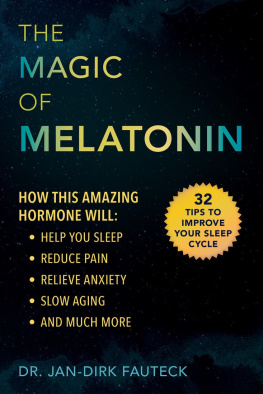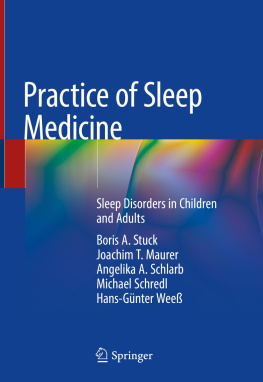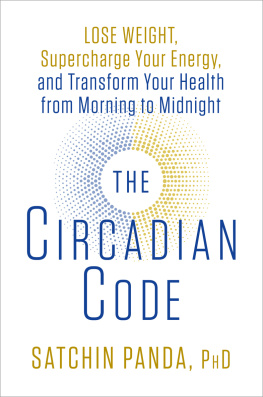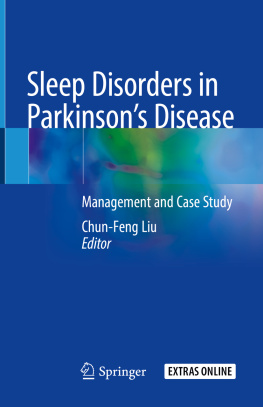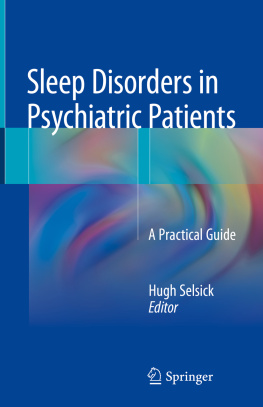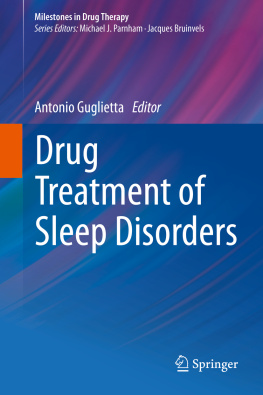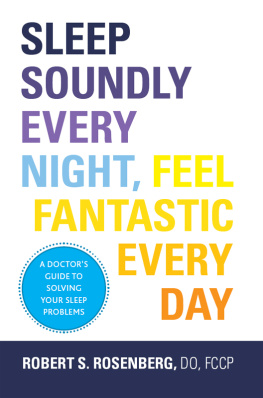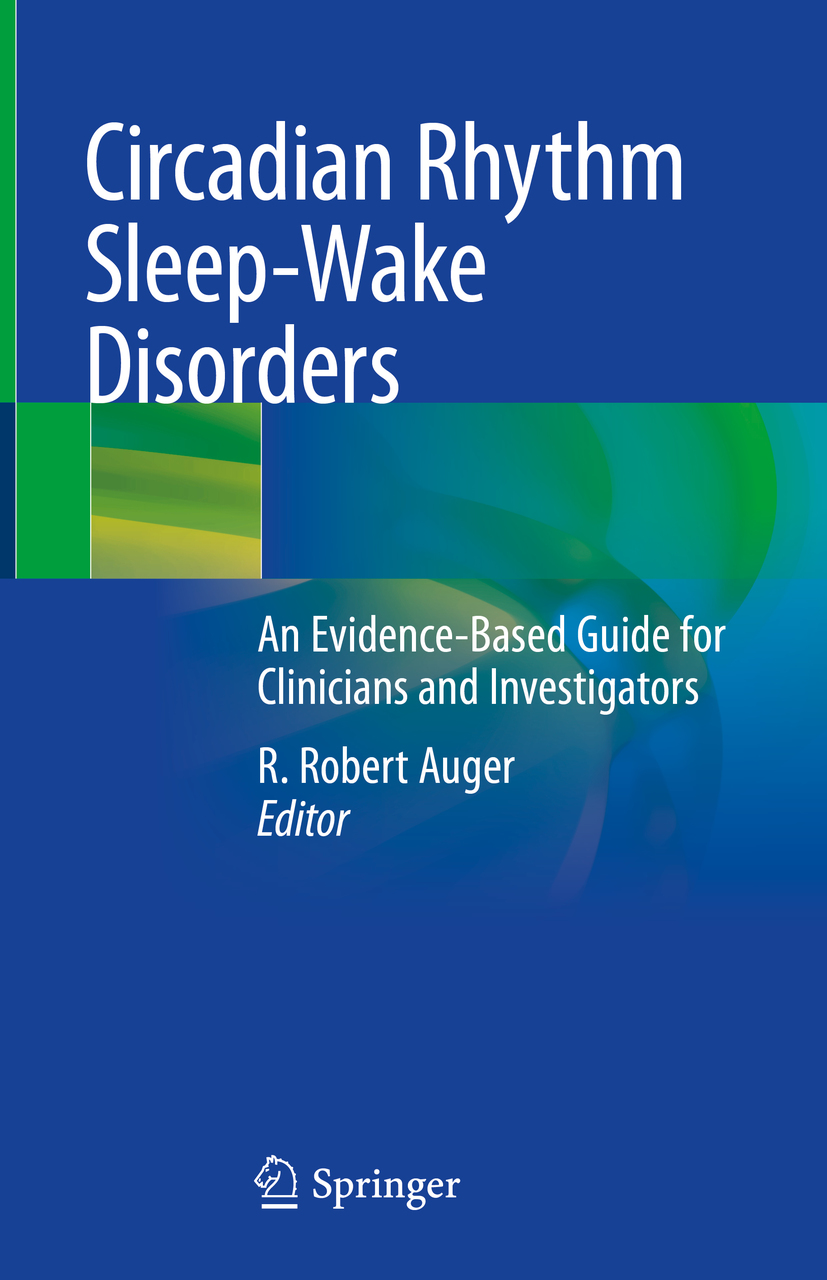Editor
R. Robert Auger
Mayo Center for Sleep Medicine, Department of Psychiatry and Psychology, Mayo Clinic College of Medicine, Rochester, MN, USA
ISBN 978-3-030-43802-9 e-ISBN 978-3-030-43803-6
https://doi.org/10.1007/978-3-030-43803-6
The Editor(s) (if applicable) and The Author(s) 2020
This work is subject to copyright. All rights are reserved by the Publisher, whether the whole or part of the material is concerned, specifically the rights of translation, reprinting, reuse of illustrations, recitation, broadcasting, reproduction on microfilms or in any other physical way, and transmission or information storage and retrieval, electronic adaptation, computer software, or by similar or dissimilar methodology now known or hereafter developed.
The use of general descriptive names, registered names, trademarks, service marks, etc. in this publication does not imply, even in the absence of a specific statement, that such names are exempt from the relevant protective laws and regulations and therefore free for general use.
The publisher, the authors and the editors are safe to assume that the advice and information in this book are believed to be true and accurate at the date of publication. Neither the publisher nor the authors or the editors give a warranty, expressed or implied, with respect to the material contained herein or for any errors or omissions that may have been made. The publisher remains neutral with regard to jurisdictional claims in published maps and institutional affiliations.
This Springer imprint is published by the registered company Springer Nature Switzerland AG
The registered company address is: Gewerbestrasse 11, 6330 Cham, Switzerland
Preface
Identification and treatment of circadian rhythm sleep-wake disorders (CRSWDs) can be a fascinating yet vexing clinical encounter in the Sleep Medicine realm. While circadian-based basic science research, chronobiological research of healthy humans (including simulated CRSWD studies), and chronotherapeutic research are quite sophisticated and abundant, there is a relative dearth of clinical research. In my point of view, one major reason for the outpacing of CRSWD clinical research pertains to the disparate sources of information and related lack of interdisciplinary input that is necessary for holistic care. This publication makes an attempt to bridge this gap by including authorities from numerous relevant disciplines to inform clinical practice.
Accordingly, the text begins with a scientific background on mammalian circadian rhythms and progresses to a discussion of chronobiological protocols that will allow the reader to critically review relevant literature. Following an introduction to CRSWDs, there are two chapters that describe assessment tools for clinicians consideration and separate chapters dedicated to individual CRSWDs. Recognizing that delayed sleep-wake phase disorder has a particularly relevant impact among adolescents, a chapter is included that highlights the school start time debate, which has significant relevance given the recent legislation signed by the Governor of California. Subsequent chapters from lighting research experts may help clinicians to standardize implementation of treatments and should also serve to optimize comparative clinical trials. A final chapter discusses the impact that specified lighting environments may have in the workplace and other settings.
It is ultimately my hope that this book will serve as an immediate reference for Sleep Medicine clinicians but that it will also serve as an impetus to address clinical research deficiencies by encouraging crosstalk between various scientific, medical, and educational disciplines.
R. Robert Auger
Rochester, MN, USA
Acknowledgments
I would like to acknowledge the esteemed authors who assisted with this project. I feel fortunate that their extraordinary efforts and insights are contained within this singular text (a true treasure trove of circadian knowledge!). I would also like to extend my gratitude to my colleagues in the Mayo Center for Sleep Medicine, with whom I feel privileged to work. I work in an environment that is collegial, encouraging, and filled with intelligent mentors and peers who enrich the clinical experience on a daily basis.
I would also be remiss if I did not acknowledge my wonderful familymy lovely wife Tracy, my son Josh, and my daughter Emily. From them I derive happiness and meaning, and they are the perfect antidote to lifes deadlines and stressors. I also love and admire my parents Ray and Judy Ann. They remain exemplars of integrity and intellect and taught me most of what I know about careful writing and editing.
Finally, I would like to acknowledge Ms. Lori Solmonson, who always provides expert, cheerful, and thoughtful technical assistance, which makes projects such as this easier to complete.
Contents
Matthew R. Brown and Aleksey V. Matveyenko
Vincent A. LaBarbera and Katherine M. Sharkey
Elliott Kyung Lee
Vincent A. LaBarbera and Katherine M. Sharkey
Vincent A. LaBarbera and Katherine M. Sharkey
Gregory S. Carter and R. Robert Auger
Kyla L. Wahlstrom
Elliott Kyung Lee
Jonathan Emens
Danielle Goldfarb and Katherine M. Sharkey
Alok Sachdeva and Cathy Goldstein
Eric J. Olson
Cinthya Pena-Orbea , Bhanu Prakash Kolla and Meghna P. Mansukhani
Mark S. Rea
Mariana G. Figueiro


